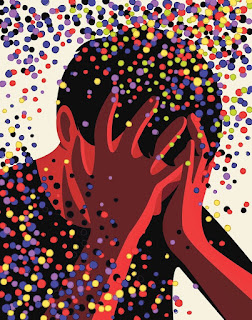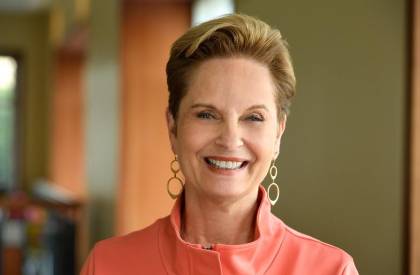Dattilio, F. M. (2023).
Journal of Consulting and Clinical Psychology,
91(5), 251–253.
https://doi.org/10.1037/ccp0000818
Abstract
This article briefly discusses reasons why some mental health professionals are resistant to self-care. These reasons include the savior complex, avoidance, and lack of collegial assiduity. Several proposed solutions are offered.
Here is an excerpt:
Savior Complex
One hypothesis used to explain professionals’ resistance is what some refer to as a “savior complex.” Certain MHPs may be engaging in the cognitive distortion that it is their duty to save as many people from suffering and demise as they can and in turn need to sacrifice their own psychological welfare for those facing distress. MHPs may be skewed in their thinking that they are also invulnerable to psychological and other stressors. Inherent in this distortion is their fear of being viewed as weak or ineffective, and as a result, they overcompensate by attempting to be stronger than others. This type of thinking may also involve a defense mechanism that develops early in their professional lives and emerges during the course of their work in the field. This may stem from preexisting components of their personality dynamics.
Another reason may be that the extreme rewards that professionals experience from helping others in such a desperate state of need serve as a euphoric experience for them that can be addictive. In essence, the “high” that they obtain from helping others often spurs them on.
Avoidance
Another less complicated explanation for MHPs’ blindness to their own vulnerabilities may be their strong desire to avoid admitting to their own weaknesses and sense of vulnerability. The defense mechanism of rationalization that they are stronger and healthier than everyone else may embolden them to push on even when there are visible signs to others of the stress in their lives that is compromising their functioning.
Avoidance is also a way of sidestepping the obvious and putting it off until later. This may be coupled with the need that has increased, particularly with the recent pandemic that has intensified the demand for mental health services.
Denial
The dismissal of MHPs’ own needs or what some may term as, “denial” is a deeper aspect that goes hand-in-hand with cognitive distortions that develop with MHPs, but involve a more complex level of blindness to the obvious (Bearse et al., 2013). It may also serve as a way for professionals to devalue their own emotional and psychological challenges.
Denial may also stem from an underlying fear of being determined as incapacitated or not up to the challenge by their colleagues and thus prohibited from returning to their work or having to face limitations or restrictions. It can sometimes emanate from the fear of being reported as having engaged in unethical behavior by not seeking assistance sooner. This is particularly so with cases of MHPs who have become involved with illicit drug or alcohol abuse or addiction.
Most ethical principles mandate that MHPs strive to remain cognizant of the potential effects that their work has on their own physical and mental health status while they are in the process of treating others and to recognize when their ability to be effective has been compromised.
Last, in some cases, MHPs’ denial can even be a response to genuine and accurately perceived expectations in a variety of work contexts where they do not have control over their schedules. This may occur more commonly with facilities or institutions that do not support the disclosure of vulnerability and stress. It is for the aforementioned reasons that the American and Canadian Psychological Associations as well as other mental health organizations have mandated special education on this topic in graduate training programs (American Psychiatric Association, 2013; Maranzan et al., 2018).
Lack of Collegial Assiduity
A final reason may involve a lack of collegial assiduity, where fellow MHPs observe their colleagues enduring signs of stress but fail to confront the individual of concern and alert them to the obvious. It is often very awkward and uncomfortable for a colleague to address this issue and risk rebuke or a negative outcome. As a result, they simply avoid it altogether, thus leaving the issue of concern unaddressed.
The article is paywalled here, which is a complete shame. We need more access to self-care resources.



















